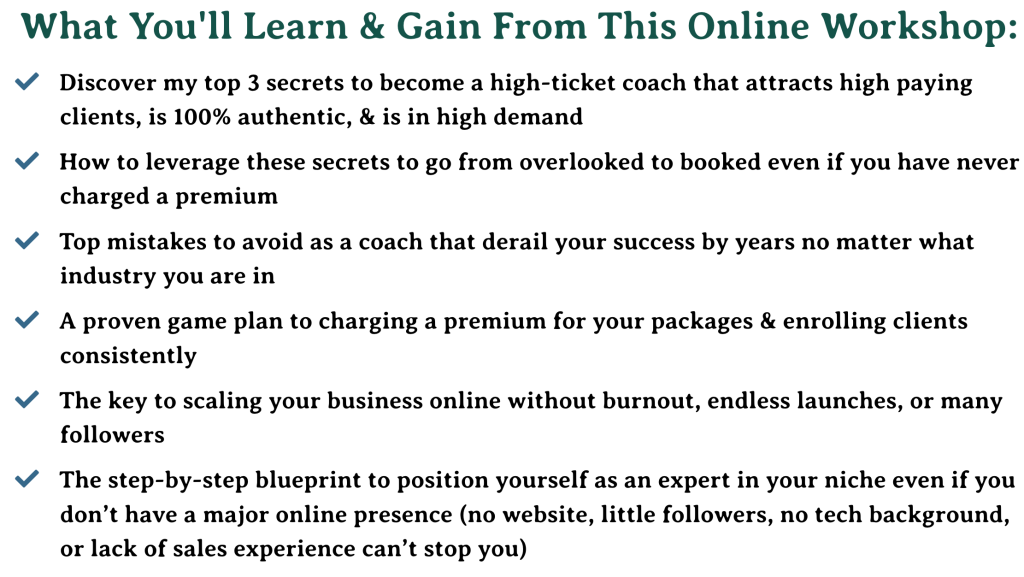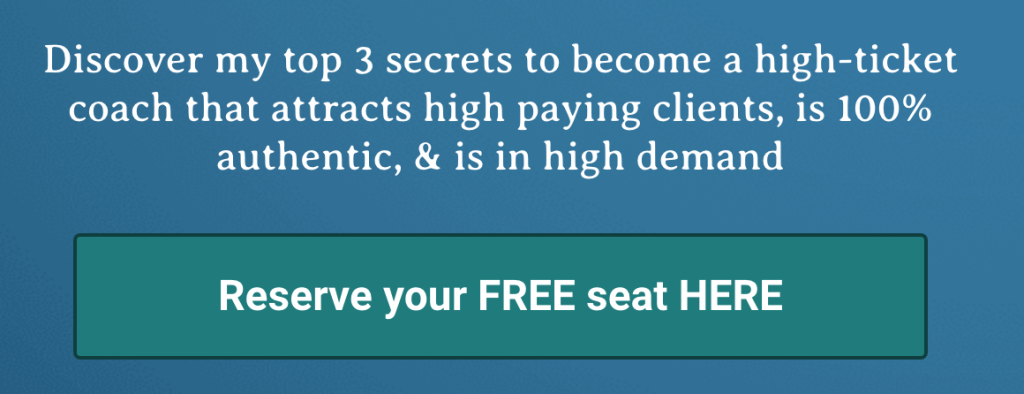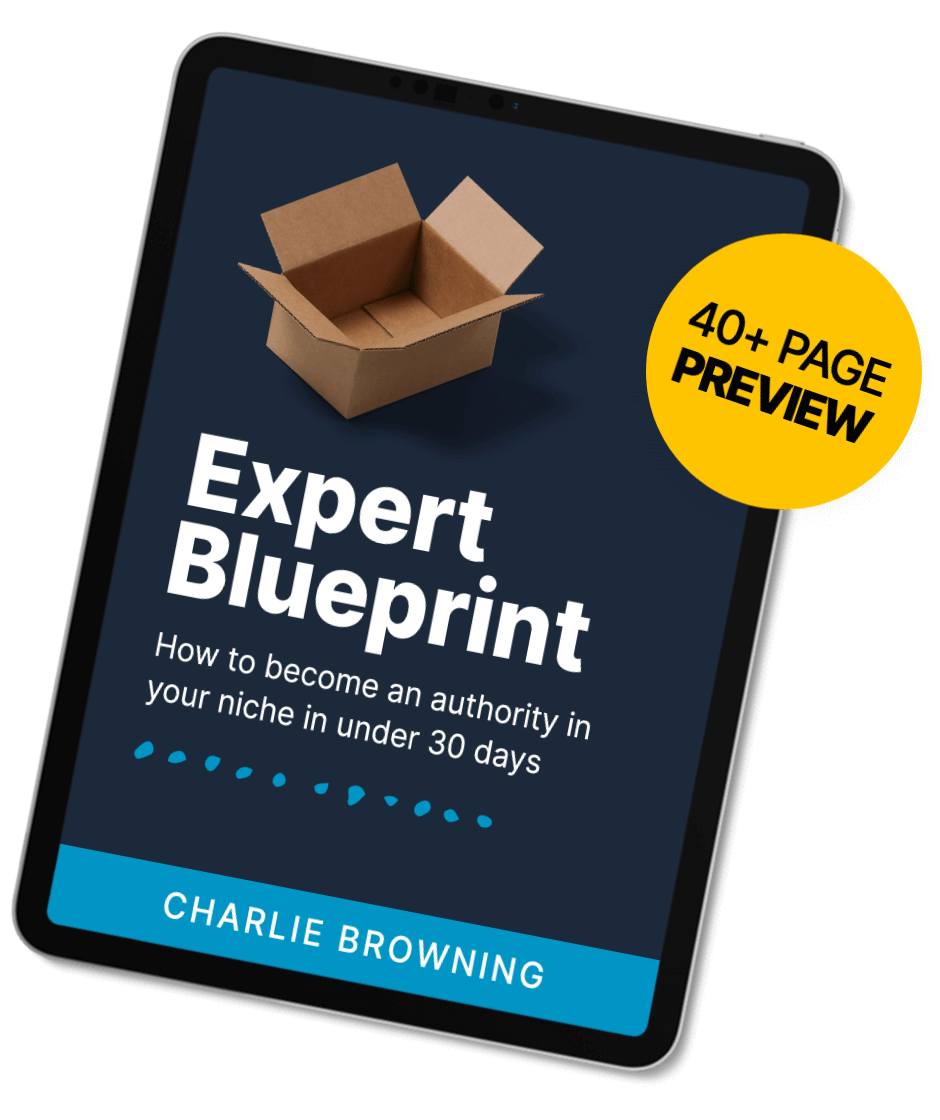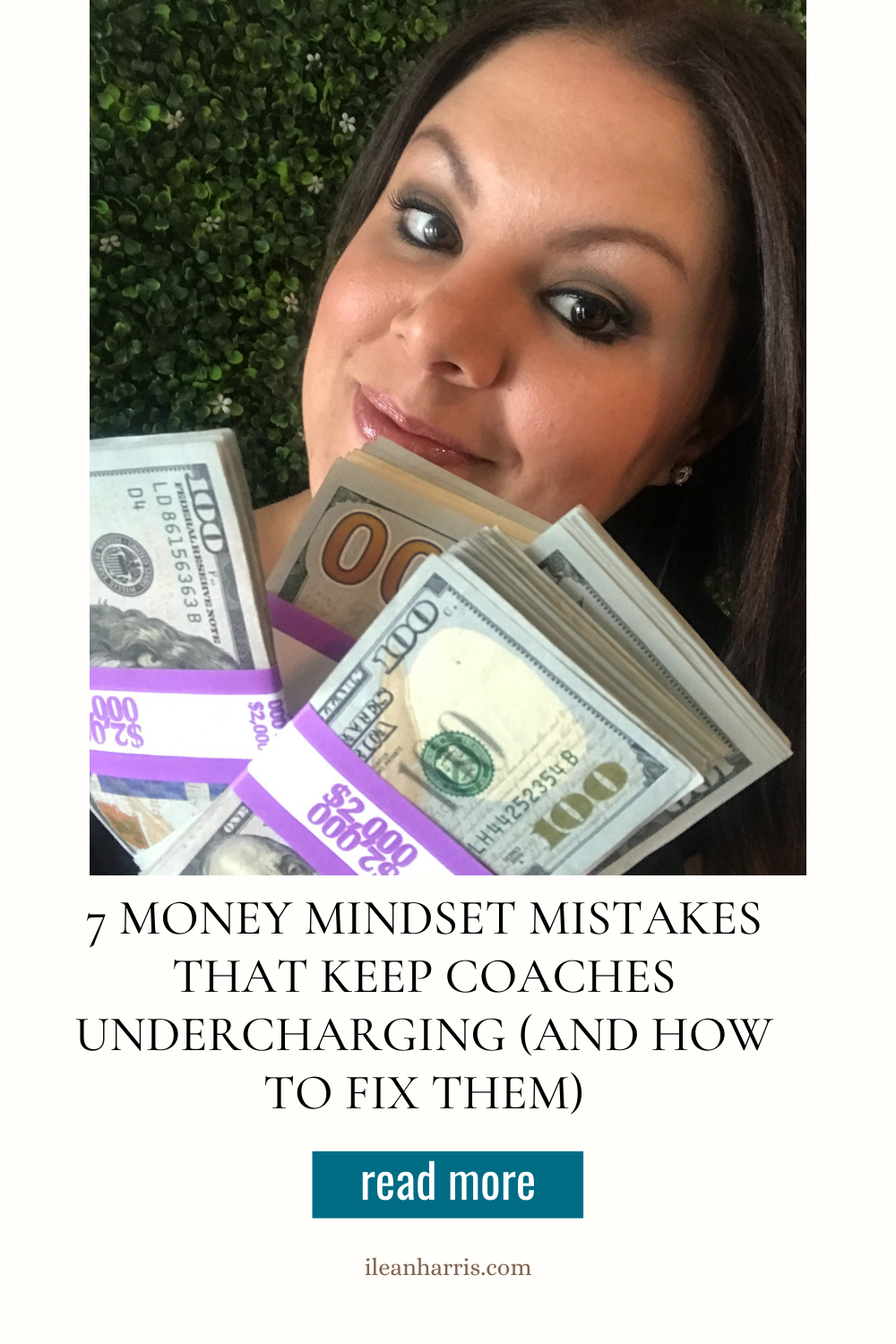This post is all about how to create coaching packages.

Ready to work with your ideal clients but you are not sure what you can charge?
If you’re a coach, you know how important it is to create coaching packages that not only meet the needs of your clients but also help you achieve your business goals.
Having the right price for my coaching services has helped me work with my ideal clients and repel the ones that were a wrong fit for my business.
While the idea of repelling clients might stress out a new business owner, it is important that you know that if you market to everyone you market to no one.
And I have seen it work in my business with clients in over 20 countries and over 100 niches.
These strategies will not limit you but instead will help you expand your business successfully.
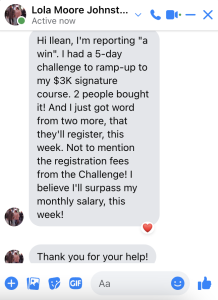
How to Create Coaching Packages That Attract Your Ideal Clients
Here are some steps to help you create coaching packages that attract your ideal clients:
- Define your ideal client: To define your ideal client, start by asking yourself questions like: What are their goals, challenges, and pain points? What motivates them? What are their demographics (age, gender, location, etc.)? For example, if you’re a business coach, your ideal client might be a solopreneur who is struggling to grow their business. By understanding your ideal client, you can create coaching packages that are tailored to their needs and preferences.
- Choose your coaching niche: Your coaching niche is the area in which you specialize. It could be anything from health coaching to leadership coaching to relationship coaching. To choose your coaching niche, consider your skills, interests, and experience. For example, if you’re a health coach, your coaching packages might focus on helping clients lose weight or manage a chronic illness.
- Determine the outcomes: What outcomes do you want your coaching clients to achieve? For example, if you’re a career coach, your coaching packages might be designed to help clients find a job they love or advance in their current career. By defining the outcomes, you can create coaching packages that are focused on achieving those specific results.
- Define the package components: What will your coaching package include? This could include one-on-one coaching sessions, group coaching sessions, email support, access to online resources, and more. For example, if you’re a business coach, your coaching package might include weekly one-on-one coaching sessions, access to a private online community, and worksheets to help clients develop their business strategy.
- Price your coaching package: How much will you charge for your coaching package? Consider the value you’re providing to your clients, your experience and expertise, and the market rates for coaching in your niche. For example, if you’re a relationship coach, your coaching package might be priced at $500 for a 12-week program that includes weekly coaching sessions and email support. Learn more about how to price your coaching service here.
To promote your coaching packages, you can use social media platforms like Instagram, Facebook, and LinkedIn.
You can share testimonials from satisfied clients, post valuable content related to your coaching niche, and even offer free coaching sessions to attract new clients.
For instance, check out my client testimonials on this page.
You can also create blog posts or videos that provide valuable information to your target audience and showcase your expertise.
Learn more about how to blog for business here now.
In addition, you can use webinars to promote your coaching packages and attract new clients.
You can offer a free webinar on a topic related to your coaching niche, provide valuable information, and then offer your coaching package as a solution to the attendees’ problems.
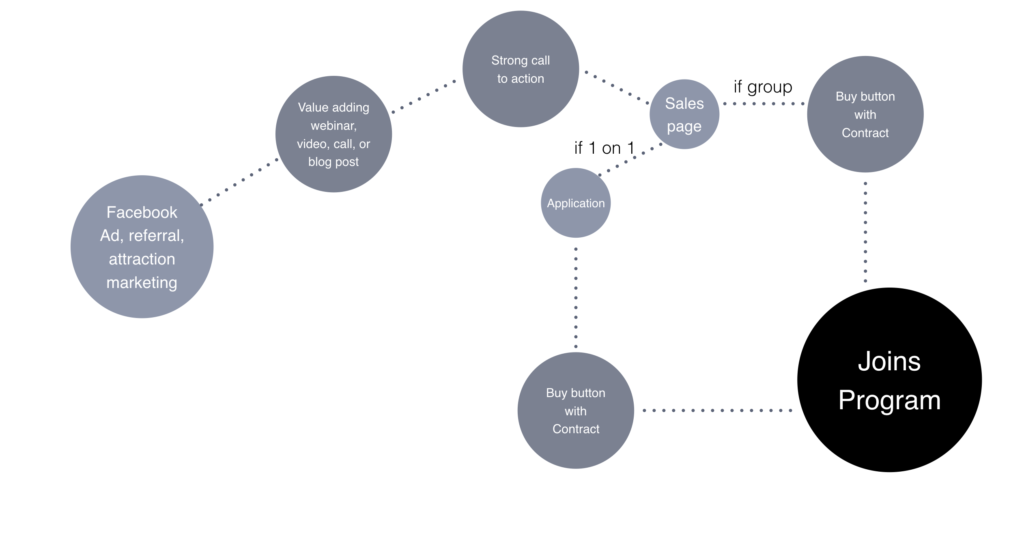
Finally, you can use email marketing to follow up with potential clients who have expressed interest in your coaching packages.
You can send them a series of emails that provide additional information, answer their questions, and address any concerns they may have.
By following up with potential clients, you can build trust and credibility, and increase the chances of converting them into paying clients.
By following these steps and strategies, you can create coaching packages that attract your ideal clients and help you build a successful coaching business.
How to create coaching packages: low ticket vs high ticket
When it comes to creating coaching packages, one of the most important decisions you’ll make is whether to offer low ticket or high ticket packages.
Here are some pros and cons, best practices, and examples of each:
Low Ticket Coaching Packages:
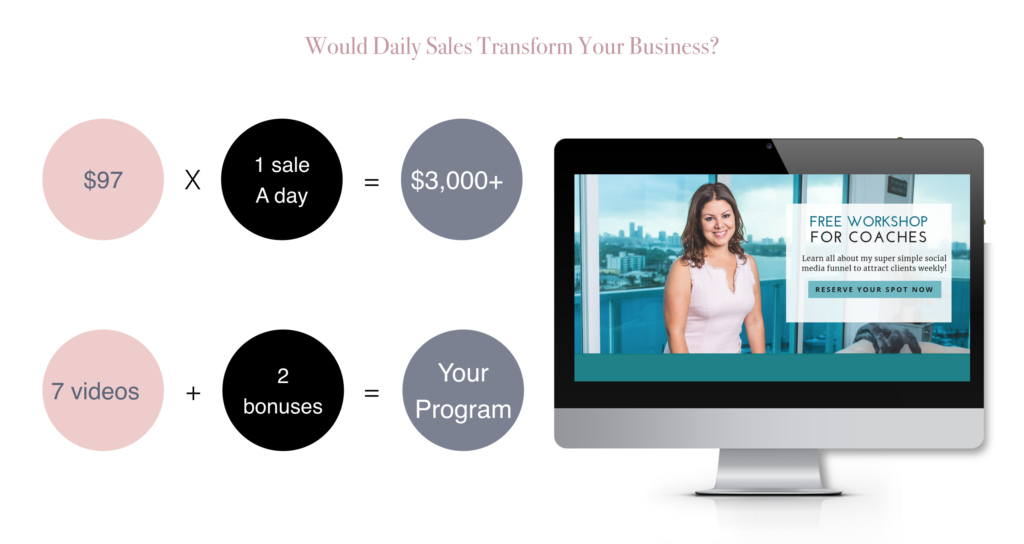
Pros:
- Easier to sell: Low ticket coaching packages are generally more affordable, which makes them easier to sell to potential clients who are hesitant to invest a lot of money upfront.
- Higher volume: Because low ticket coaching packages are more affordable, you can sell them to a larger volume of clients, which can help you build your client base more quickly.
- Accessible to a wider audience: Low ticket coaching packages are accessible to a wider audience, including those who might not be able to afford higher-priced coaching packages.
Cons:
- Limited revenue potential: Because low ticket coaching packages are priced lower, you’ll need to sell more of them to make the same amount of revenue as a high ticket package.
- Less customization: Because you’re selling to a larger volume of clients, it can be difficult to customize your coaching to meet each client’s individual needs.
Best practices for low ticket coaching packages:
- Keep it simple: Focus on offering a few key benefits that will appeal to a wide audience.
- Provide high value: Even though your coaching package is priced lower, make sure you’re providing high value to your clients.
- Offer an upgrade path: Provide opportunities for clients to upgrade to a higher-priced coaching package as they see the value in your services.
Example: A fitness coach might offer a low ticket coaching package that includes a customized workout plan, weekly check-ins, and access to a private online community for $50 per month.
High Ticket Coaching Packages:
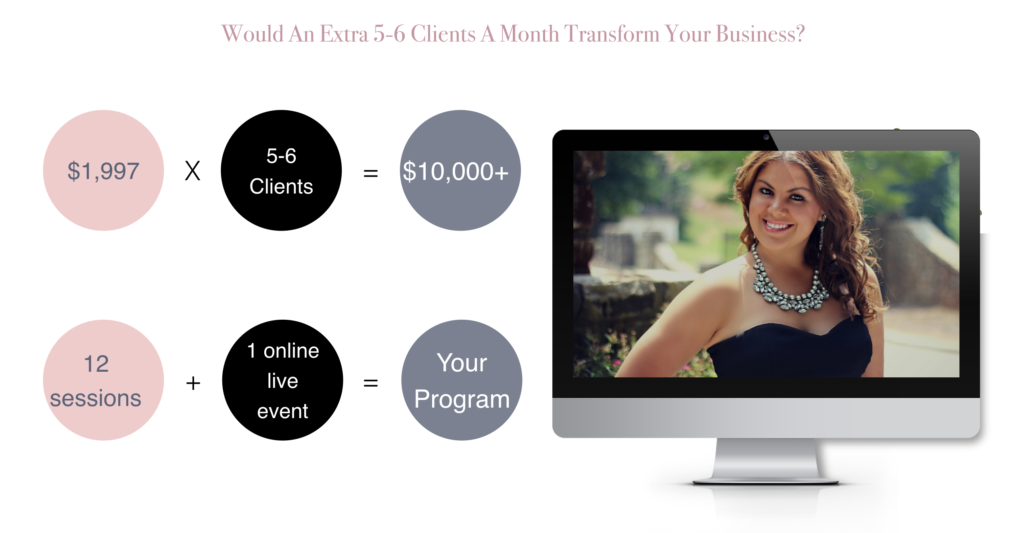
Pros:
- Greater revenue potential: Because high ticket coaching packages are priced higher, you can make more revenue with fewer clients.
- Customizable: With fewer clients, you can customize your coaching to meet each client’s individual needs.
- Premium positioning: High ticket coaching packages are often seen as more exclusive and premium, which can help you attract higher-end clients.
Cons:
- Harder to sell: High ticket coaching packages are more expensive, which can make them harder to sell to potential clients who are hesitant to invest a lot of money upfront.
- Smaller audience: High ticket coaching packages are only accessible to a smaller audience of clients who can afford to invest more money upfront.
Best practices for high ticket coaching packages:
- Focus on the outcomes: Clearly define the outcomes your coaching package will help clients achieve.
- Provide a transformational experience: High ticket coaching packages should provide a transformational experience that justifies the investment.
- Offer a guarantee: Providing a guarantee can help potential clients feel more confident in investing in your high ticket coaching package.
Example: A business coach might offer a high ticket coaching package that includes 12 one-on-one coaching sessions, access to a private online community, and customized business strategy development for $5,000.
Overall, both low ticket and high ticket coaching packages have their pros and cons, and it’s up to you to decide which is the best fit for your coaching business.
By following the best practices and examples outlined above, you can create coaching packages that meet the needs of your target audience and help you build a successful coaching business.
This post was all about how to create coaching packages.



